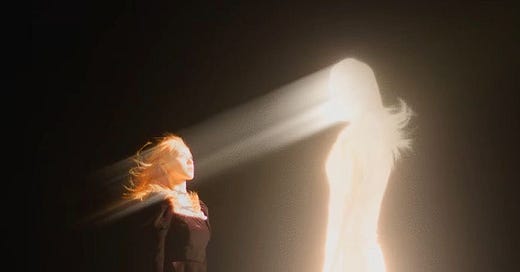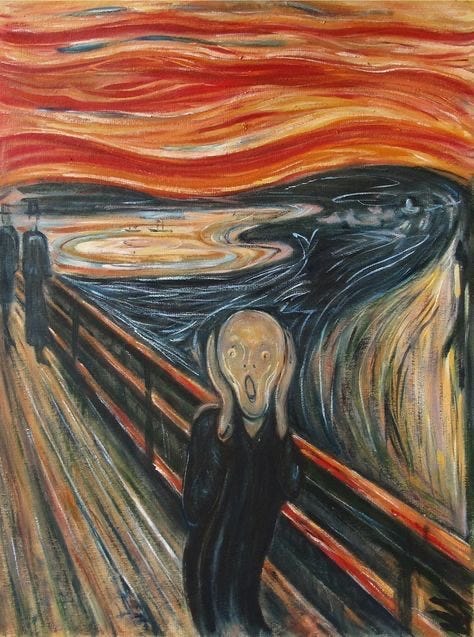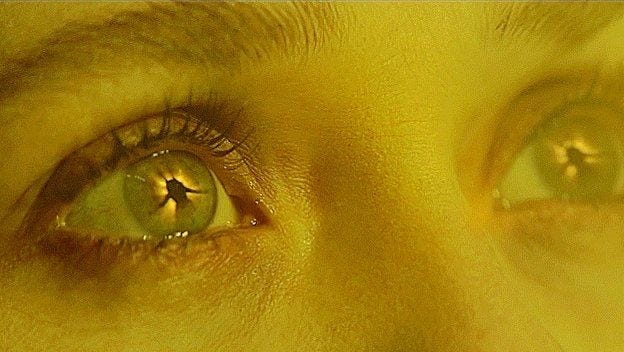Delusions: The legacy of mad people.
Human brain is a powerful asset that has an ability to control our life; this is evident in the complex processes that occurs within our brain, including the regulation of neurotransmitters like dopamine, which can lead a human being to create a state of hyper–reality called delusions. This phenomenon, where mind blurs the line between actual reality and persists to think about scenarios that are often not considered real, has long been a topic of discussion among people, with many regarding them as a symptom of mental disorders like schizophrenia, anxiety, bipolar disorder. Consequently, individuals who experience delusions are often referred to as “the mad people”, with delusions being viewed as a “curse”.
However, history has proved otherwise, Vincent van Gogh, the “Mad Dutchman” born in 1853, was an artist who openly spoke about his experience with delusions. In his letter, Van Gogh wrote to his brother stating that: “The emotions that drive me to paint are the same emotions that drive me mad”. Despite being labelled “mad” Van Gogh remains one of the greatest artists that history has ever known.
Similarly, another masterpiece “The Scream” was created by the “Painter of anxiety” whose actual name is Edvard Munch. He stated that his inspiration behind this painting was a day when he was out on a walk, and suddenly the sunlights turned the cloud into blood red. He sensed an “infinite scream passing through nature”. This led to the creation of “The Scream” which contributed to the expressionist movement. Munch’s behaviour was later on revealed to be a panic attack or a delusion.
When talking about the legacy of mad people, we can not forget the name of Antonin Artaud. Born in 1896, Artaud was a playwright, poet, actor, and theatre director. He spoke about his delusions many times in his own literary work. In 1947, Artaud wrote an essay named “Van Gogh, the Man Suicided by Society” in which he identified himself with Van Gogh, and wrote about his struggles with delusions. Few lines from Artaud’s essay, “I know that I am being poisoned, that I am being assassinated, that I am being driven mad” demonstrates his mental health at that point. Artaud wrote about his delusions many times in his work including “The Umbilicus of Limbo”, “50 Drawings to Murder Magic”, and “Artaud’s Letter From Rodez”.
Moreover, the legacy of mad people and connection of delusions to creativity do not limit to history. In contemporary times, delusions have become increasingly prevalent, often being called “fantasies”, “fake scenarios”, or “manifestations”. Many individuals today experience delusions, specifically, artists, poets, musicians, and creative minds. Artists like Halsey have openly discussed the role of delusions in their creative work. While talking about her bipolar disorder Halsey stated, “When I am manic, that’s also when I make my best art”. Though, it is unsolved if the delusions are a “curse” or a “gift”. We are certain that delusions have been a part of creative minds, resulting in many great pieces of history and present.
In conclusion, what may be considered a distraction have led to distinguished creations. Sometimes it is okay to be a part of the “legacy of mad people”. Perhaps, a slight madness leads to remarkable creations. It is with no doubt true that delusions make a person feel uncertain, often wondering if what they are experiencing is right or not, but we should learn to embrace the artist that lives within us. Perhaps, we can learn to change our “curse” into a great “gift”.








